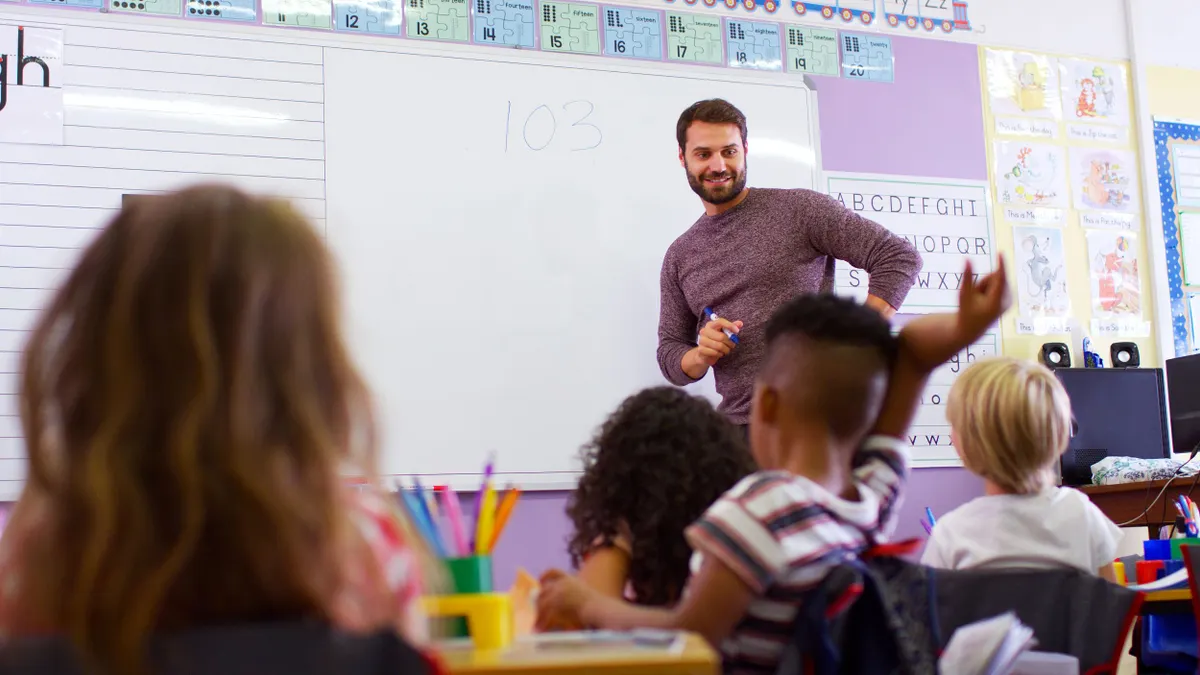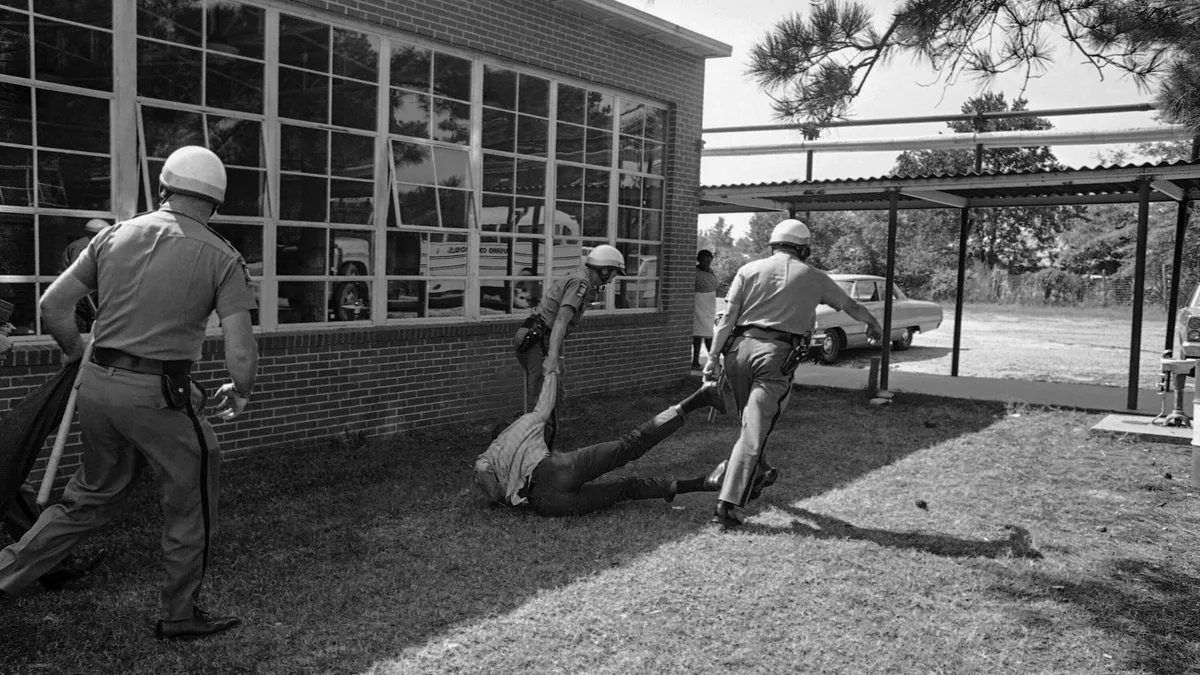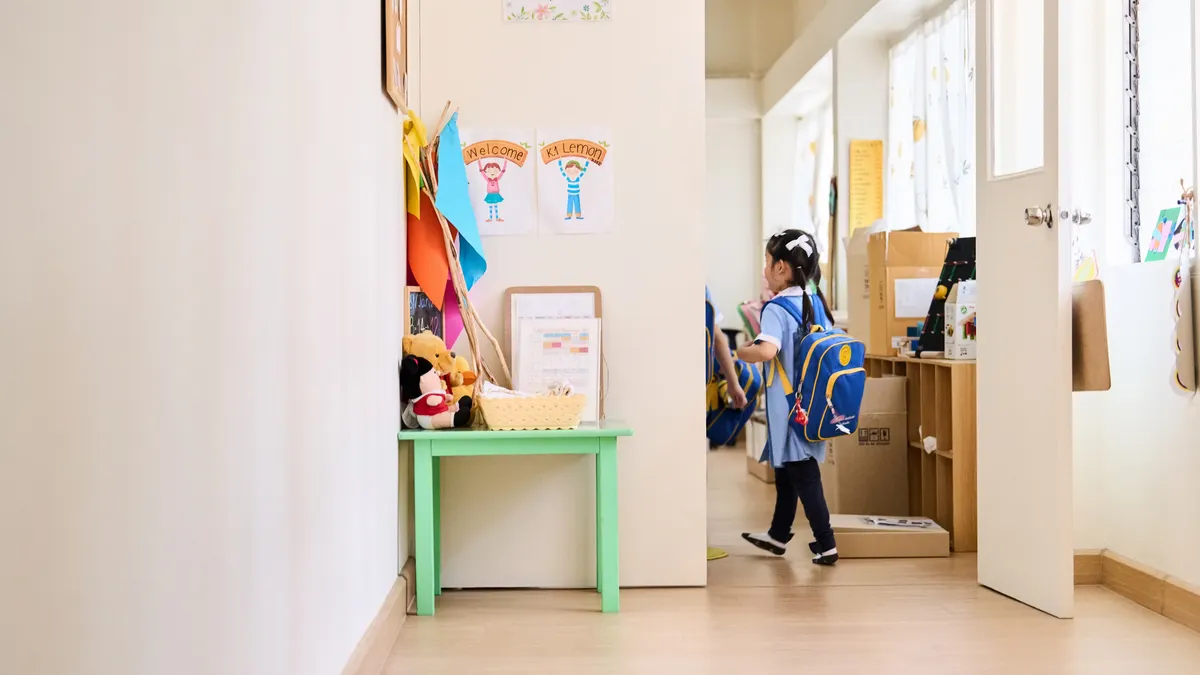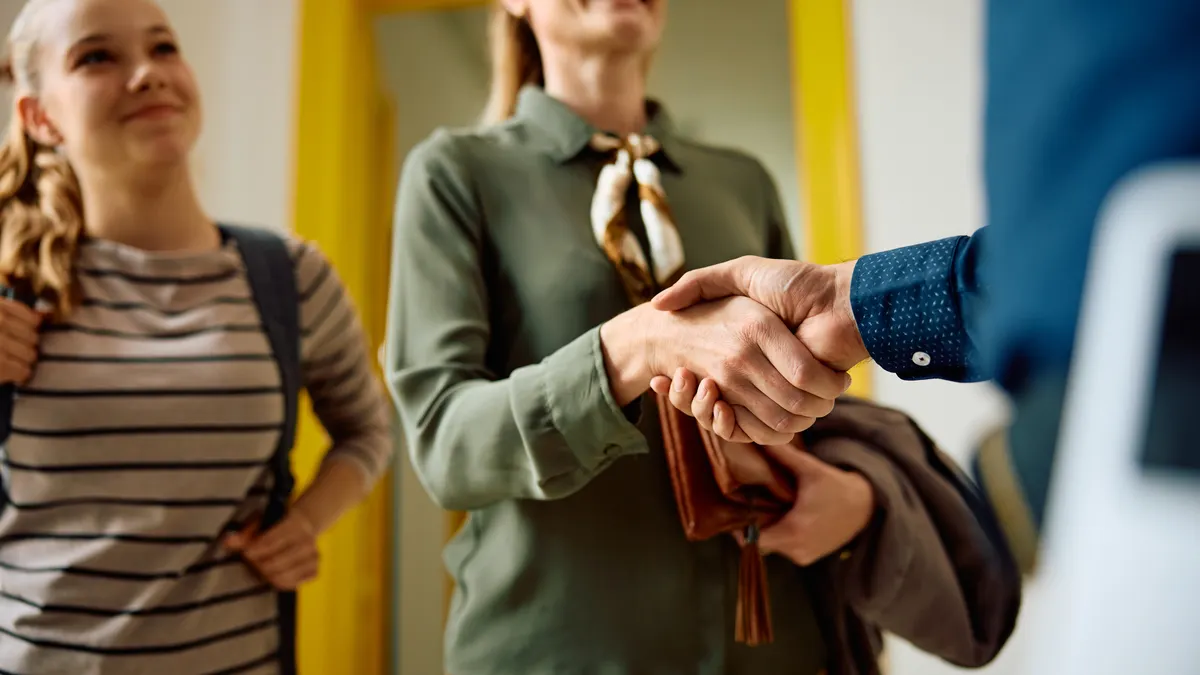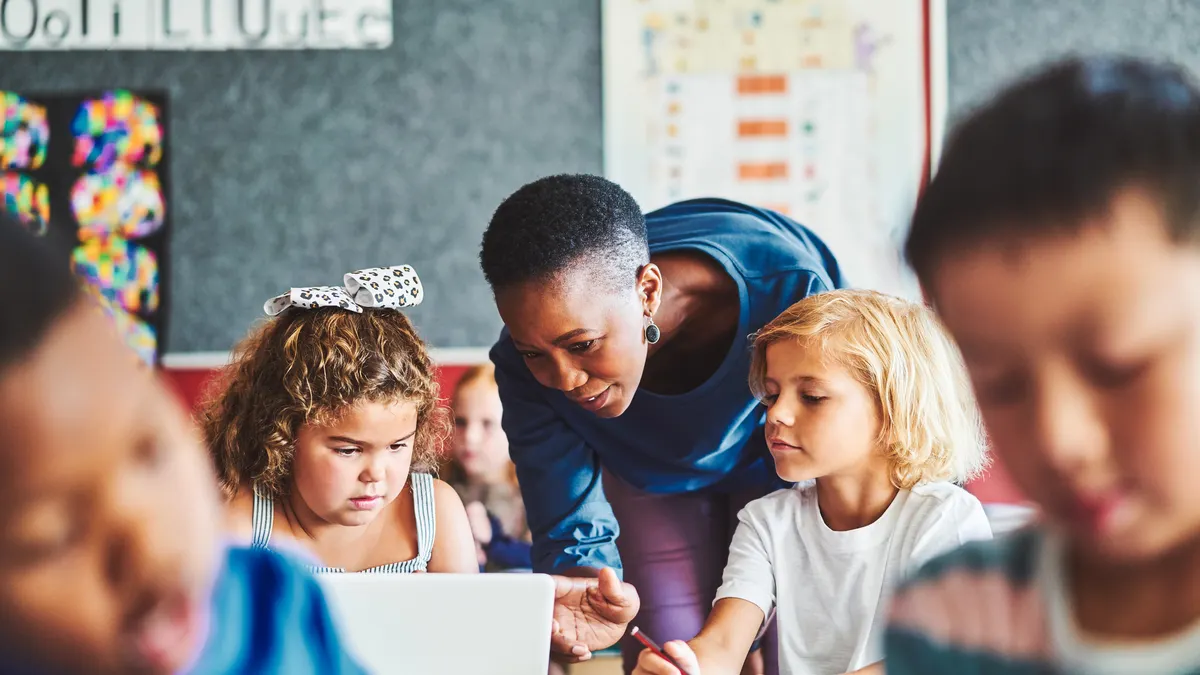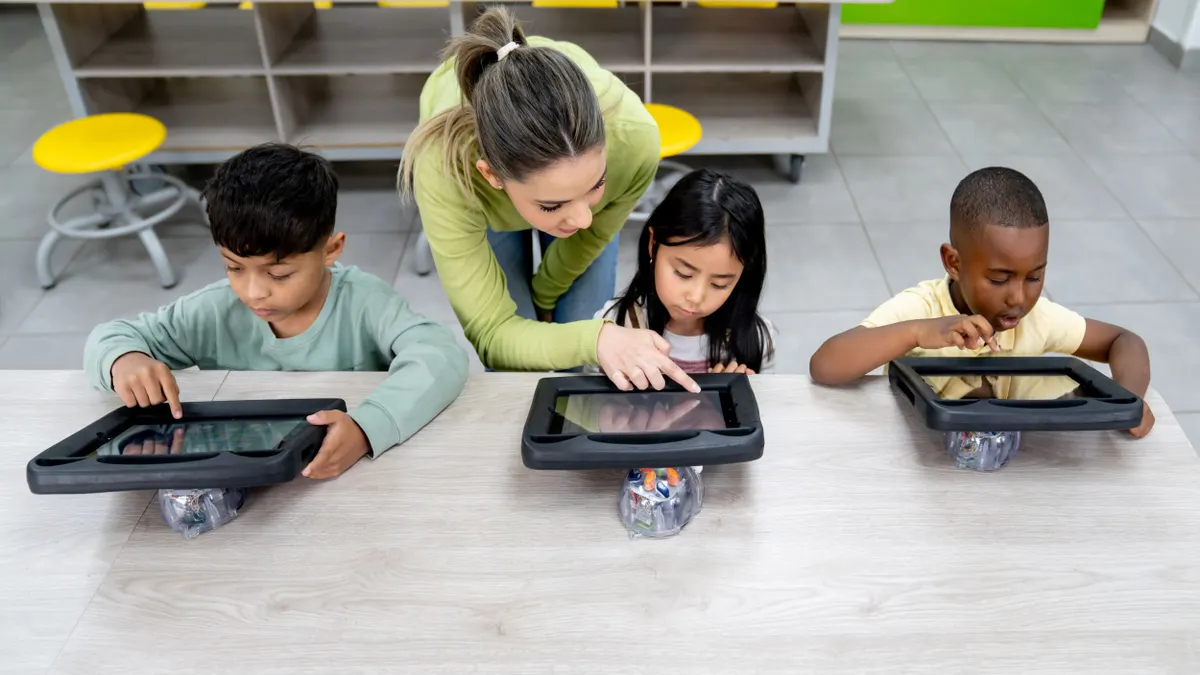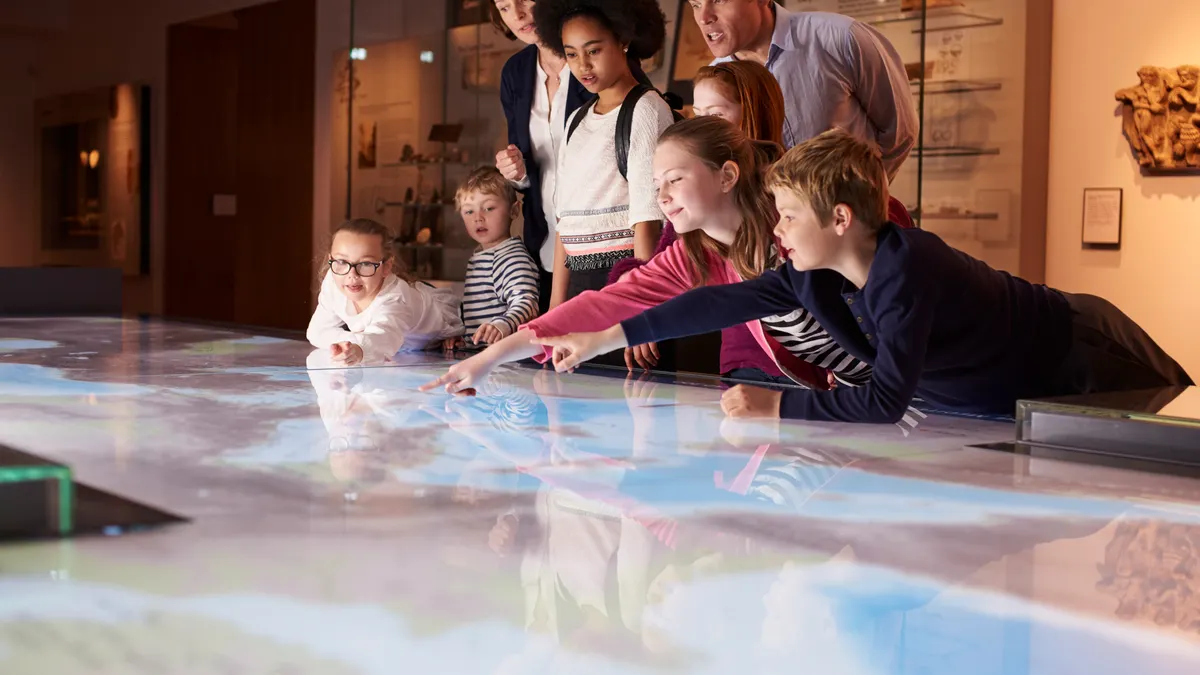Collaborating with community partners can help schools and educators provide a variety of hands-on, real-world experiences for students.
These connections allow teachers to enhance their lessons and approaches beyond traditional textbook resources. However, experts say advocacy for student learning is needed to establish and nurture these relationships.
“Teachers are always trying to strike that balance between core curriculum and content requirements and making sure things are relevant to students in the real world, and I think community partnerships are absolutely necessary for that across all departments,” said Erica Schnee, the principal of Gallatin High School in Montana.
Schnee recently collaborated with community partners to develop a new construction course. Students participated in specific lessons and then helped with the excavation work required to create the outdoor space needed for the new course.
Building community connections is also important for Erik Lathen, the principal of Illinois Valley High School, a rural school in Oregon, because potential partners have access to resources like curriculum and funding that a school like his may not, he said.
Illinois Valley High School has partnered with the non-profit Project Youth+, which provides mentorship and academic guidance for students, and the Southern Oregon Forest Restoration Collaborative that supports the school's new fire science class by giving students hands-on learning opportunities.
For a partnership to work, Lathen recommends that educators and administrators be willing to step outside their comfort zone and think outside the box to figure out how to meet the needs of the school and those of the community partner. In that same vein, he also suggests not being afraid of “thinking big.”
“In my experience, [partners] don't think that we're going to give them the access to do something bigger. So whatever they say, the first thing that I want is, ‘I'm going to go bigger.’ And then there's usually an excitement and enthusiasm for that, and it's worked out almost every time that we've been able to do that,” said Lathen, who was named 2025 Oregon High School Principal of the Year by the Coalition of Oregon School Administrators and the Oregon Association of Secondary School Administrators.
For Chu Hong, who teaches agriculture at Kaimuki High School in Hawaii, fostering community partnerships has helped supplement her teaching efforts and navigate the challenges of teaching a new subject for the first time. Hong is new to teaching agriculture, having spent years as a math department head and teacher.
Because she didn’t necessarily have agriculture teaching expertise, she leveraged connections with experts in her community like professors and professionals, to create real-world lessons, including a local indoor vertical farm to bring in healthy produce that students sell to a local restaurant.
For teachers trying to foster these connections for the first time, Hong recommends simply taking the plunge and making cold calls. She said it's important to be open to rejection, but also to keep in mind that people are nicer more often than not and are willing to help.
One way to help these calls go successfully is by making sure to have a clear vision and mission for what the partnership will look like, she said. She also emphasized the importance of being specific about what help is needed and when partners can make a classroom visit.
“There's so many retired people who want to help, but if you don't have clarity on what you need help with, then it's just messy and it's boring,” Hong said.
For educators who might feel a bit intimidated by cold calling businesses, Schnee recommends thinking about the pool of potential partners in parents and school community members. She recommends that educators ask themselves who has an interesting job that students might want to hear about or is in a career pathway that students should be aware of.
Schnee also emphasized the importance of dedicating time for these outreach efforts. She said teachers get busy in their day-to-day lives, meeting the needs of students and grading papers, so carving out some time to not only meet with a community partner but to make phone calls and do some outreach is crucial.
Similarly, Hong recommends scheduling time to thank and keep up with community partners, even if it’s just sending a text and photos showcasing how students are utilizing the resources or knowledge they learned from them.


